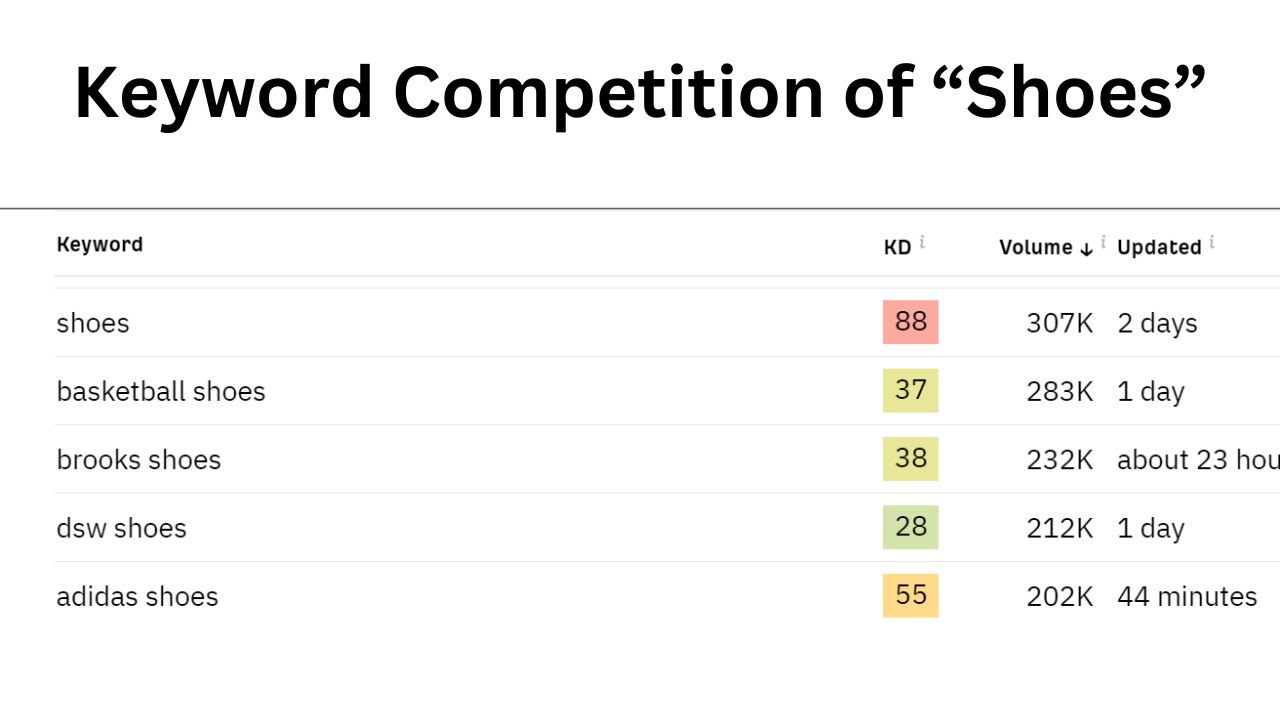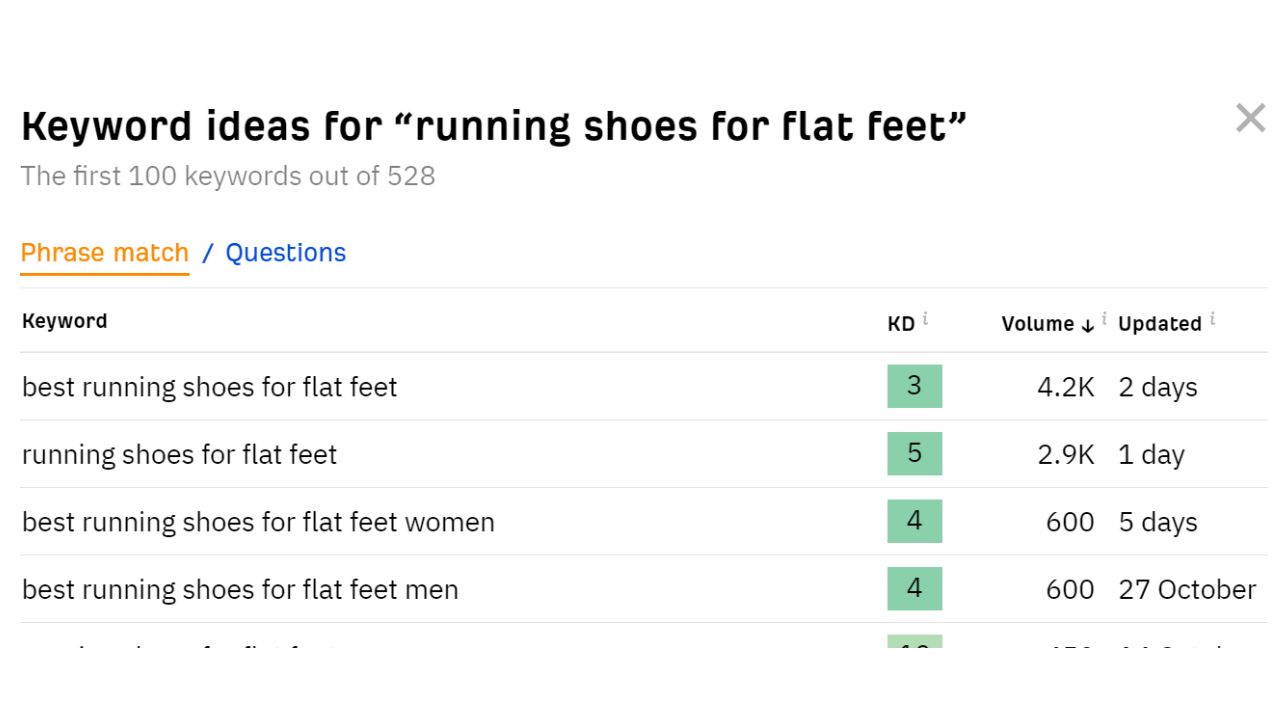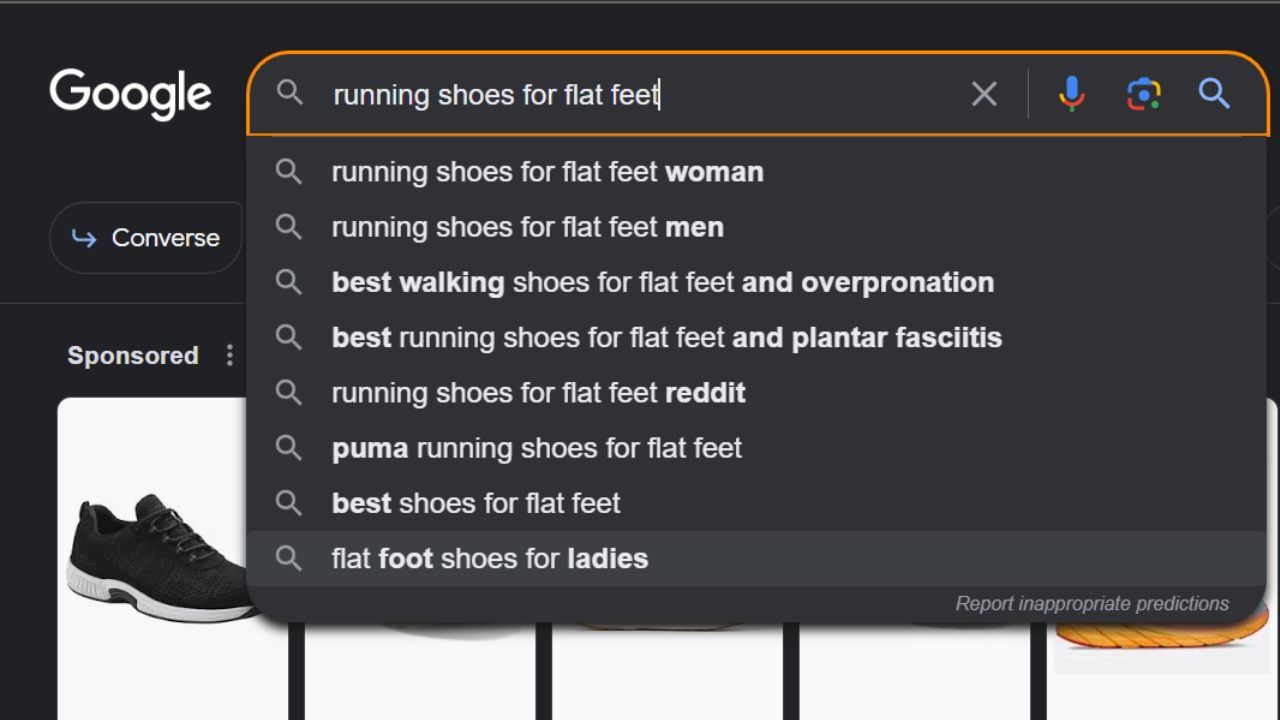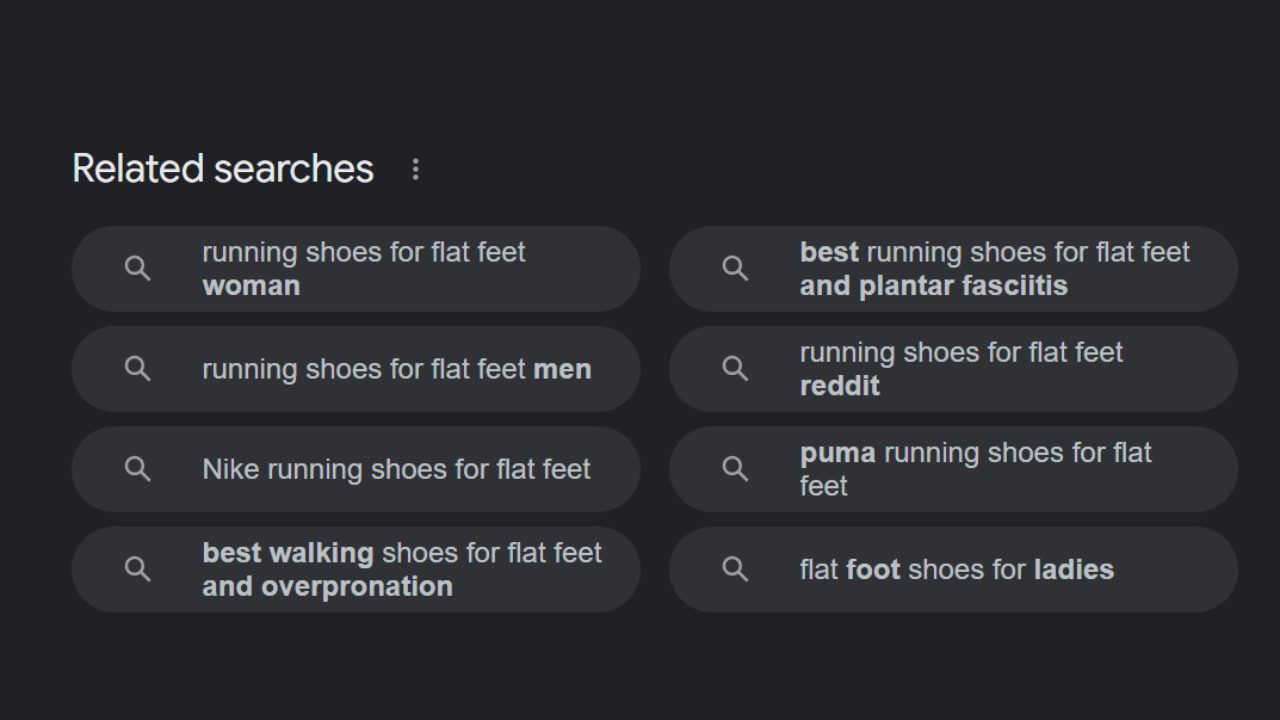How to Find Long Tail Keywords: Unleashing the Power of Precision
In the realm of digital marketing and SEO, one term that often echoes through the corridors of success is “long tail keywords.” But what exactly are they, and why are they essential?
More importantly, how can you find and harness the power of these specific keywords to boost your online presence and connect with the right audience? In this guide, we will unravel the mysteries of long-tail keywords and provide you with actionable strategies to discover and utilize them effectively.
Understanding Long Tail Keywords
Let’s start with the basics. Long tail keywords are search phrases that are longer and more specific than commonly used keywords. While broad keywords like “shoes” might have high search volume, they are also incredibly competitive.
Long tail keywords, on the other hand, are often more precise, targeted, and less competitive. They typically consist of three or more words and are specific to a particular niche or topic.
Here’s an example: Instead of targeting “shoes,” a long tail keyword might be “running shoes for flat feet.”
Check the below image for the keyword competition of the keyword “shoes” which is 88 according to ahrefs and highly competitive keyword that can’t be ranked easily.
However long tail keyword which is “running shoes for flat feet” is only 3 according to ahrefs having very good volume. Which can be easily ranked if we work on it.
While the search volume for the long tail keyword may be lower, the intent of the searcher is much clearer, making it more likely to convert.
The Benefits of Long Tail Keywords
Why bother with long tail keywords when you could target broader terms with more search volume? Here are some compelling reasons:
- Lower Competition: Long tail keywords are often less competitive, making it easier to rank for them in search engine results.
- Higher Conversion Rates: Users searching for specific long tail keywords usually have a clear intent, which means they are more likely to convert into customers or take the desired action.
- Niche Targeting: Long tail keywords enable you to address specific niches or audiences, allowing you to tailor your content to meet their needs precisely.
- Enhanced SEO: Using long tail keywords can improve your overall SEO strategy, as they signal to search engines that your content is highly relevant to a particular topic.
Now that you understand the advantages, let’s delve into how you can find these valuable keywords.
Strategies to Discover Long Tail Keywords
1. Brainstorming
Start by brainstorming topics related to your niche or industry. Think about the questions your target audience might ask or the specific problems they are trying to solve. These can be a goldmine of long tail keyword ideas.
2. Utilize Google’s Autocomplete
Begin typing a relevant keyword into the Google search bar, and you’ll see a list of suggested long-tail keywords.
These are actual phrases that users are searching for, so it’s an excellent source of inspiration.
3. Explore Related Searches
At the bottom of the search results page, Google provides a list of related searches. These are often variations or long-tail keywords that can be valuable for your content.
4. Leverage Keyword Research Tools
There are various keyword research tools available, such as Google Keyword Planner, SEMrush, Ahrefs, and Moz’s Keyword Explorer. These tools can help you identify relevant long-tail keywords, assess their search volume, and gauge their competitiveness.
5. Analyze Your Competitors
Examine the content of your competitors. What long-tail keywords are they targeting? Tools like SEMrush and Ahrefs can help you uncover the keywords your competitors are ranking for.
6. Listen to Your Audience
Engage with your audience on social media, forums, and in the comments section of your content. What questions are they asking? What are their pain points? These interactions can provide you with valuable insights for long tail keywords.
Putting Long Tail Keywords to Work
Once you’ve discovered long tail keywords, it’s time to put them to work in your content strategy. Here’s how:
- Create High-Quality Content: Craft content that specifically addresses the long tail keyword’s intent. Provide valuable information and solutions to the user’s query.
- Optimize On-Page Elements: Incorporate the long tail keyword into your title, meta description, headers, and throughout the content. However, ensure it flows naturally.
- Monitor and Adjust: Keep an eye on your rankings and traffic for the targeted long tail keywords. Adjust your strategy as needed to optimize performance.
In conclusion, long tail keywords are a powerful tool in your SEO and content marketing arsenal. They allow you to connect with a highly targeted audience, often with less competition.
By using the strategies mentioned above, you can discover the right long tail keywords and create content that resonates with your audience, ultimately driving success in the digital landscape.



